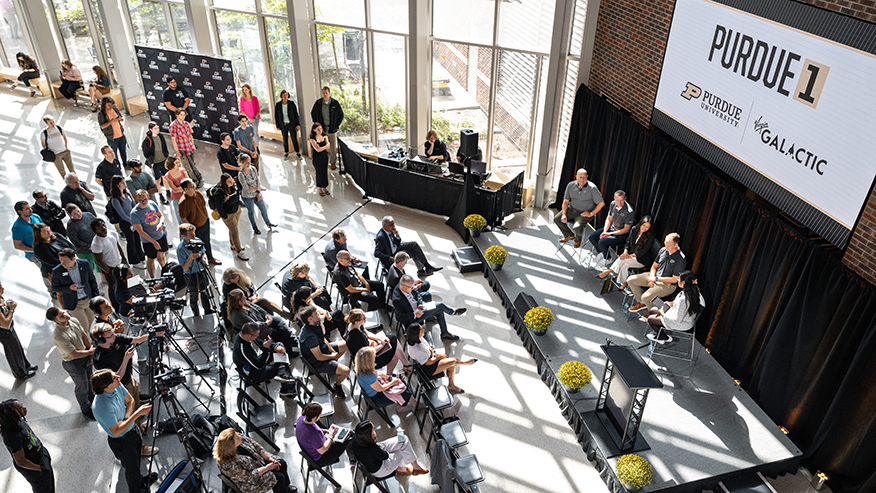How to Compare NBA Over/Under Odds for Better Betting Decisions
I remember the first time I walked into a sportsbook in Las Vegas, completely overwhelmed by the flashing numbers and terminology. The over/under lines particularly confused me - why were people betting on whether teams would score more or less than a specific number? It took me several seasons of trial and error to realize that comparing NBA over/under odds isn't just about picking high or low numbers; it's about understanding the subtle dynamics that influence scoring, much like how in that video game I played recently, you need to understand when to jump between bodies to maximize your advantage. The game had this mechanic where switching bodies gave you temporary damage boosts and confused enemy AI - they'd keep attacking your previous host while you were safely elsewhere. That's exactly what smart over/under betting feels like: finding those moments when the conventional wisdom is attacking the wrong target while you're capitalizing on the real opportunity.
When I analyze NBA totals now, I approach it systematically. Last season, I noticed how the public often overreacts to recent high-scoring games, similar to how in that game, the enemy AI would stubbornly attack your previous body even after you've moved to a new one. The sportsbooks know this psychological tendency and will adjust lines accordingly. For instance, when the Warriors and Kings played that double-overtime thriller that ended 145-143, the next game's over/under opened at 235 points - about 15 points higher than their season average. The public saw that previous high score and piled on the over, but I remembered how both teams were exhausted from that marathon game and how the coaches would likely emphasize defense after such a performance. I took the under at +105 odds, and the game ended at 108-102, well below the total. That's the equivalent of recognizing when the enemy is stuck attacking your previous position while you're already setting up your next move.
The comparison to that video game's combat system really resonates with me because both activities require understanding rhythm and timing. Just as the game's lock-on system would frequently disengage when switching bodies, causing you to swing the camera around madly, many bettors lose their focus when lines move rapidly. They chase the numbers without understanding why they're moving. I've developed a habit of tracking line movements from opening to game time, and I've noticed that totals typically move 2-3 points based on betting patterns. If I see a line move from 215 to 218 with 70% of bets on the over, that tells me the sportsbooks are trying to balance action, not that they necessarily think more scoring will happen. It's like when the game's combat feels loose and clumsy - you're swinging past enemies instead of into them. You need to recognize when the system itself is working against you and adjust accordingly.
What many casual bettors don't realize is how much situational factors matter. I keep a detailed spreadsheet tracking back-to-backs, travel schedules, injuries, and even officiating crews. Did you know that certain referee crews call 15-20% more fouls than others? Or that teams playing their third game in four nights typically score 4-6 points less than their season average? These are the equivalent of finding those "vestigial, dangling human bodies" where the slitterheads are most vulnerable - the hidden weaknesses in the conventional analysis. Last February, I noticed the Celtics were playing their fourth road game in six nights against a fresh Bucks team. The total opened at 226, but my research suggested both teams would struggle offensively. I got the under at 225.5 before it dropped to 223, and the game finished 97-93. That 2.5-point difference in line value turned what would have been a push into a solid win.
My approach has evolved to incorporate what I call "pace and space analysis." I look at possessions per game, half-court efficiency, and most importantly, the motivation level of each team. A team fighting for playoff positioning will often play differently than one already locked into their seed. This reminds me of how in that game, each body jump gave you not just temporary damage boosts but also those "three or four free hits" while the enemy was confused. Similarly, when you identify these situational advantages, you're essentially getting free value on your bets. I've tracked my results over the past three seasons, and my winning percentage on totals where I identified significant motivational disparities is approximately 58% compared to 52% on all other totals. That 6% edge might not sound dramatic, but in sports betting, it's the difference between long-term profitability and being just another recreational bettor.
The most valuable lesson I've learned is to trust my preparation but remain flexible. Much like how the video game's combat required constantly reassessing when to switch bodies rather than stubbornly standing your ground, successful totals betting means adjusting to new information. If a key player gets ruled out during warm-ups, that previously attractive under might now be terrible value. I've made my share of mistakes by getting too attached to my initial read. There was that Lakers-Nuggets game last season where I loved the under at 220, but when I heard LeBron was sitting out, I stubbornly kept my bet rather than reevaluating. The game turned into a track meet and went over by 18 points. That loss taught me more than a dozen wins - sometimes you need to abandon your position entirely rather than trying to make it work against changing circumstances. Now I always keep about 20% of my bankroll available for in-game betting, where I can observe the actual flow and pace before committing. It's the betting equivalent of having multiple bodies available to jump into when your current position becomes untenable.


